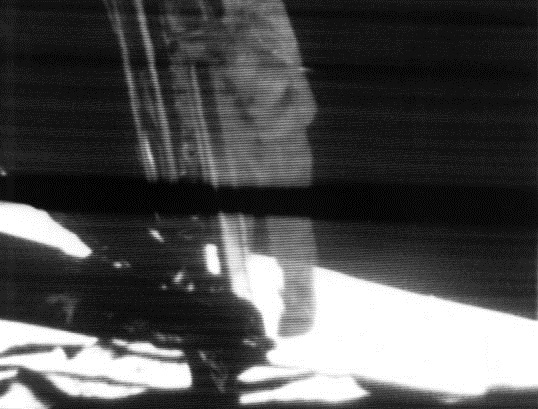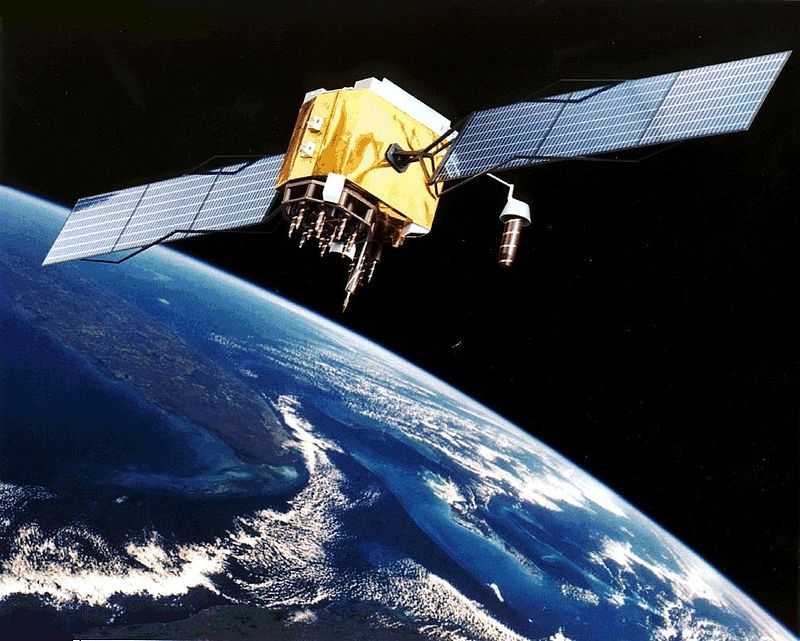
This graphic shows the known objects in the Kuiper Belt (small objects farthest from the Sun, which is in the center); also shown are the four largest Solar System planets: Jupiter Saturn, Uranus, and Neptune.
(Image Sources: Wikpedia.org, By WilyD at English Wikipedia, CC BY-SA 3.0, https://commons.wikimedia.org/w/index.php?curid=38097918)
By Glenn A. Walsh
Reporting for SpaceWatchtower
Astronomers
are asking for the public's help to choose a name for the largest
object in our Solar System's Kuiper Belt which does not presently have a normal
name [other than a scientific designation number: Kuiper Belt Object
(225088) 2007 OR10].
From the “2007” in its designation,
you can tell it was only found in 2007, just 12 years ago. This was
the result of larger and larger Earth telescopes, as well as space
telescopes, continually looking for new and unknown objects in space.
This object is known as a
Trans-Neptunian object, because it is located beyond the orbit of
Neptune, the eighth and farthest major planet from the Sun. As many
may recall, about 13 years ago another, well-known Trans-Neptunian
planet, Pluto (which was visited by NASA's New Horizons spacecraft on
2015 July 14) was re-designated as a “Dwarf Planet.”
Along with Kuiper Belt Object
(225088) 2007 OR10, Pluto is now also considered a part of the Kuiper
Belt, which includes more than 3,000 small objects consisting of ice,
dust, and rock. Pluto is now the largest known Kuiper Belt object.
Further out in the Solar System is
another group of objects forming, what is called, the Oort Cloud. It
is believed that most comets are formed in the Oort Cloud.
Although smaller than Pluto, Kuiper
Belt Object (225088) 2007 OR10 is about one-third the diameter of
Earth's Moon and much larger than many other moons in the Solar
System. Kuiper Belt Object (225088) 2007 OR10 is thought to have a
diameter of about 776 statute miles / 1250 kilometers; however, due
to the great distance to the object, the exact diameter is not known.
In its orbit around the Sun, at its closest to the Sun, Kuiper Belt
Object (225088) 2007 OR10 is still 33 astronomical units (a.u. - one
astronomical unit is the average distance from the Sun to the Earth:
93 million statute miles / 150 kilometers) from Earth; at its
farthest distance: 101 a.u.
Kuiper Belt Object (225088) 2007 OR10
was given its designation number 225088 in November of 2009 by the
International Astronomical Union (IAU). The IAU is responsible for
naming celestial bodies. And, there is a ten-year deadline for
coming-up with a name for these objects. So, the new name must be
agreed-upon by this November.
Astronomers Meg Schwamb, Mike Brown,
and David Rabinowitz discovered this object using a large telescope
at Palomar Observatory near San Diego; unfortunately, small consumer
telescopes cannot see this very small and distant object. These three
astronomers have suggested three possible names for the object:
Gonggong (from a Chinese water god), Holle (a Germanic goddess of
many things, including agriculture), and Vili (a Norse deity who was
the brother of Odin). Yes, they are all mythological names, for good
reason: this is an IAU requirement for naming such Kuiper Belt
objects.
Although the astronomical deadline for
naming the object is in November, the deadline for the public to
weigh-in on this decision is coming-up fast: Friday Evening, 2019 May
10 at 11:59 p.m. Pacific Daylight Saving Time (PDT) / May 11 at 2:59
a.m. Eastern Daylight Saving Time (EDT) / 6:59 Coordinated Universal
Time (UTC). If you wish to vote on one of these three names, you must
do so by this deadline.
Go to the following Internet web-site
to vote on your choice for naming Kuiper Belt Object (225088) 2007
OR10, as well as to learn more about the object:
Link >>>
https://2007or10.name/
Internet Links to Additional Information ---
Kuiper Belt Object (225088) 2007 OR10:
Link >>> https://en.wikipedia.org/wiki/(225088)_2007_OR10
Kuiper Belt: Link >>> https://en.wikipedia.org/wiki/Kuiper_belt
Dwarf Planet Pluto: Link >>> https://en.wikipedia.org/wiki/Pluto
Oort Cloud: Link >>> https://en.wikipedia.org/wiki/Oort_cloud
Astronomical Unit: Link >>> https://en.wikipedia.org/wiki/Astronomical_unit
Source: Glenn A. Walsh Reporting for SpaceWatchtower, a project of Friends of the Zeiss.
Friday, 2019 April 26.
Like This Post? Please Share!
More Astronomy & Science News - SpaceWatchtower Twitter Feed:
Link >>> https://twitter.com/spacewatchtower
Astronomy & Science Links: Link >>> http://buhlplanetarium.tripod.com/#sciencelinks
Want to receive SpaceWatchtower blog posts in your in-box ?
Send request to < spacewatchtower@planetarium.cc >.
gaw
Glenn A. Walsh, Informal Science Educator & Communicator:
< http://buhlplanetarium2.tripod.com/weblog/spacewatchtower/gaw/ >
Electronic Mail: < gawalsh@planetarium.cc >
Project Director, Friends of the Zeiss: < http://buhlplanetarium.tripod.com/fotz/ >
SpaceWatchtower Editor / Author: < http://spacewatchtower.blogspot.com/ >
Formerly Astronomical Observatory Coordinator & Planetarium Lecturer, original Buhl Planetarium & Institute of Popular Science (a.k.a. Buhl Science Center), Pittsburgh's science & technology museum from 1939 to 1991.
Formerly Trustee, Andrew Carnegie Free Library and Music Hall, Pittsburgh suburb of Carnegie, Pennsylvania.
Author of History Web Sites on the Internet --
* Buhl Planetarium, Pittsburgh:
< http://www.planetarium.
* Adler Planetarium, Chicago:
< http://adlerplanetarium.
* Astronomer, Educator, Optician John A. Brashear:
< http://johnbrashear.tripod.com >
* Andrew Carnegie & Carnegie Libraries:
< http://www.andrewcarnegie.

